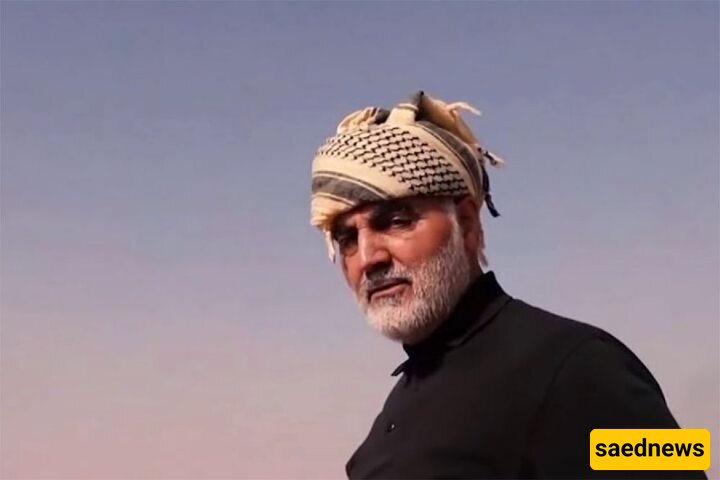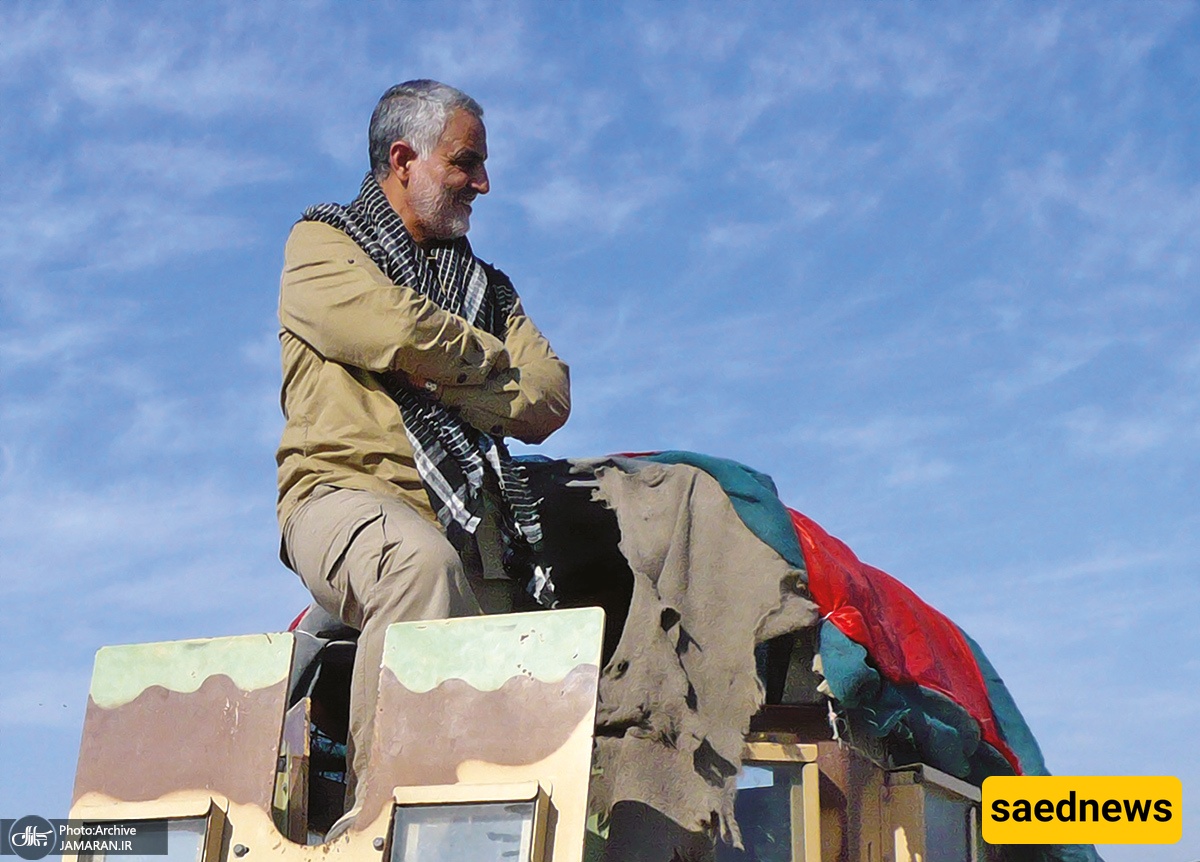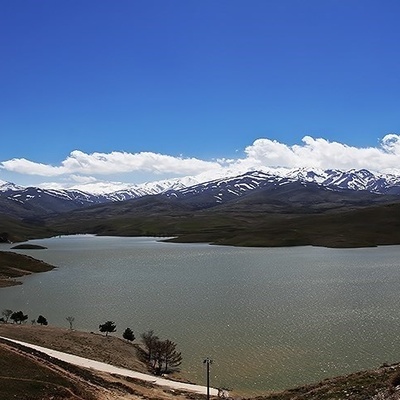SAEDNEWS: The Senior Military Adviser to Iran’s Supreme Leader said that during the U.S. invasion of Iraq, Qassem Soleimani stayed for a month inside Baghdad’s Green Zone in disguise before U.S. forces discovered his presence and attacked his residence with tanks.

According to the Politics Desk of Saed News, citing Tasnim News Agency, in the early hours of January 3, 2020, the Islamic Revolutionary Guard Corps (IRGC) and the Axis of Resistance lost one of their most prominent commanders when U.S. armed drones carried out a missile strike at Baghdad Airport. The assassination of General Qassem Soleimani sent shockwaves through the region and across the globe.

In this context, Major General Seyed Yahya (Rahim) Safavi, senior adviser to the Commander-in-Chief, spoke in detail about his memories of Soleimani. The following is part of that account.
When you were appointed Commander-in-Chief of the IRGC, you selected General Soleimani to lead the Quds Force. What led you to that decision, and what qualities in him stood out?
I had been friends with Soleimani from the early months of the Iran-Iraq War until his martyrdom — about 40 years. He was a national hero of Iran’s defense, an international figure of resistance, and a key force in strengthening the Resistance Front not only in West Asia but across the Islamic world.
He was a devout man who understood the complexities of jihad and defense as well as domestic and international politics. He also grasped social and regional issues, especially those affecting the Islamic Ummah, and had a deep strategic vision.
When I became IRGC Commander in 1997, I recommended General Qassem Soleimani, then commander of the Quds Headquarters, to the Leader for the Quds Force post. I also proposed General Kazemi, from the Hamzeh Seyed al-Shohada Headquarters, to head the IRGC Aerospace Force, and General Hejazi to lead the Basij Resistance Force. The Leader approved all three appointments.
At that time, I had a comprehensive understanding of Soleimani’s personality, especially his grasp of West Asian defense and security issues and his understanding of international politics.
The incident that surprised Putin and led him to summon his Defense Minister
Soleimani’s grasp of issues was so advanced that, beyond his role as a skilled commander, he could act as a seasoned diplomat in meetings with heads of state. He once met President Vladimir Putin, and as Soleimani himself told me: “When I met Mr. Putin and explained the situation in Syria to him using a map, he was astonished. He called for his Defense Minister to join the meeting after realizing that the intelligence I was providing was far more complete than what his Russian sources had given him.”
Following Putin’s subsequent meeting with Iran’s Supreme Leader, he was convinced to deploy Russian air forces to Syria to provide aerial support for Syrian army ground units, popular forces, and — most importantly — the Shrine Defenders fighting ISIS.
Soleimani also had exceptional ability in training and organizing popular forces. In Iraq, with the help of the government, he organized around 20 Hashd al-Shaabi brigades to fight ISIS alongside the Iraqi army. In Syria, he trained and organized over 70,000 members of the National Defense Forces to fight alongside the Syrian army and brought in fighters from other countries to combat ISIS.
The story of Soleimani’s disguised presence in Baghdad’s Green Zone and the U.S. tank assault
Soleimani had strategic acumen and remarkable intelligence skills. For example, during the 2003 U.S. invasion of Iraq, he spent a month inside Baghdad’s fortified Green Zone (al-Khadraa) in disguise. The Americans only learned of his presence after that month had passed.
Dressed in altered clothing and with a changed appearance, Soleimani entered the area. Once the Americans realized that the Quds Force commander had been there, they attacked his residence with tanks — but one or two days earlier, Soleimani had already left the location.

